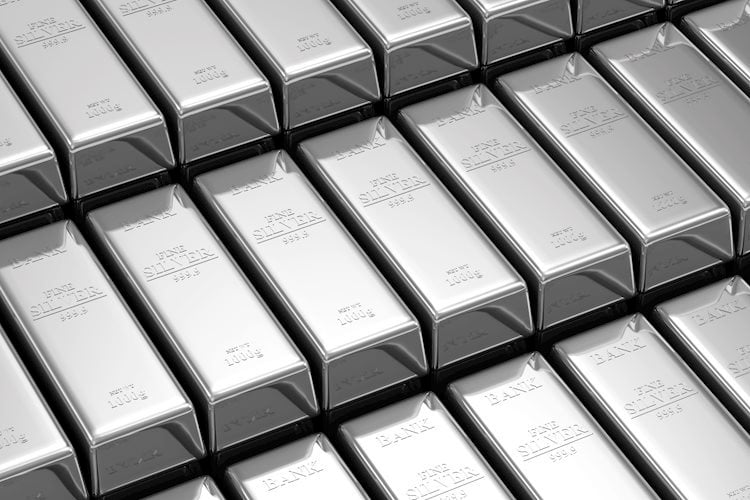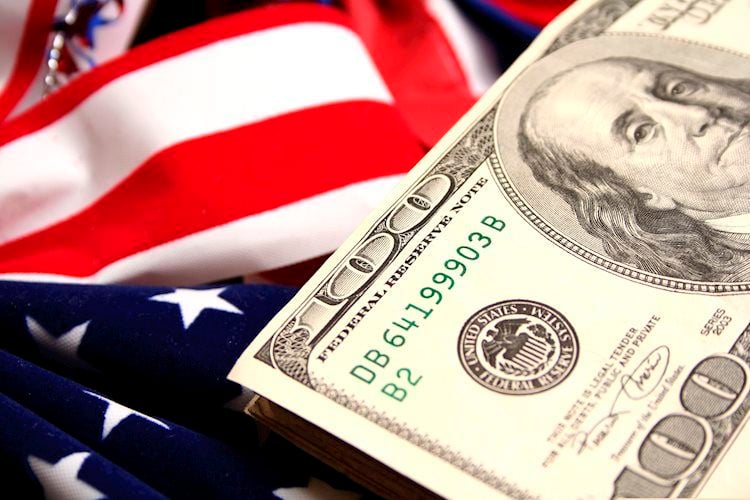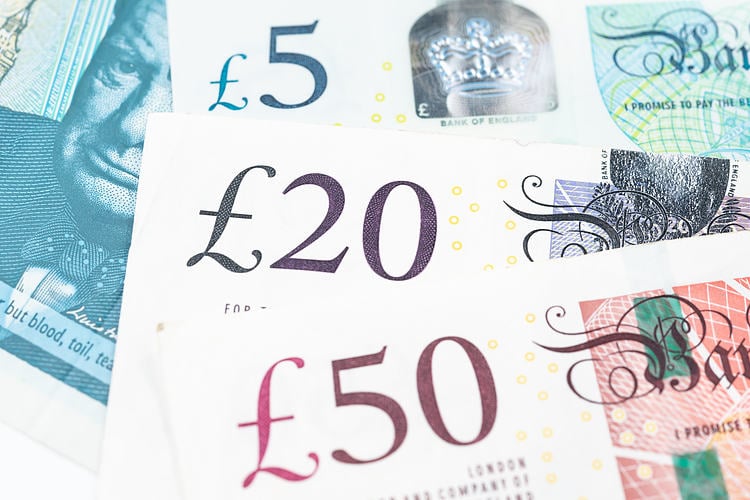In the Asian session, the GBP/USD trades lower with caution.
The demand for the US dollar rises when US Treasury yields rise.
The pound is still under pressure as a result of the BOE’s dovish stance and fresh concerns about corona infections.
On Tuesday, the GBP/USD pair is jittery due to the US dollar’s comeback. After reaching a high of 1.4001 on Friday, the pair declined for the fourth consecutive session.
GBP/USD is trading at 1.3866 at the time of writing, down 0.12% for the day.
Following rises in US 10-year benchmark yields from lower levels to trade at 1.47 percent, the US dollar remains stable at 91.95. Despite increased inflation projections, investors accepted the Fed’s dovish outlook on interest rates.
Meanwhile, President Thomas Barkin of the Federal Reserve Bank of Richmond stated that the Fed had achieved “significant further progress” toward its inflation targets in order to begin tapering. Following the remarks, the US dollar gained traction.
The recurrence of Delta variant COVID-19 instances, on the other hand, weighed heavily on the pound. Despite the highly contagious variant’s threat, UK Prime Minister Boris Johnson expressed confidence in lifting coronavirus limitations on July 19.
Furthermore, the Bank of England’s (BOE) failure to appear at its July monetary policy meeting harmed perceptions even more. The central bank advised against “premature policy tightening” and took a wait-and-see stance.
Meanwhile, the EU’s upbeat emotions on the Brexit “sausage battle” didn’t help the cable much.
For the time being, investors are waiting for May’s UK Nationwide Housing Prices, Mortgage Approvals, and BOE Consumer Credit. S&P/Case-Shiller Home Price Data is on the US economic docket.
Continue reading




